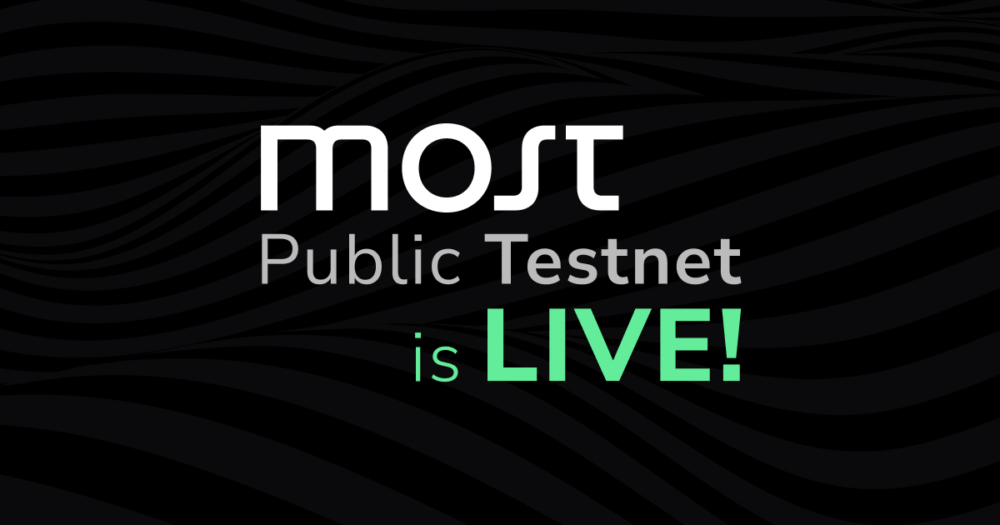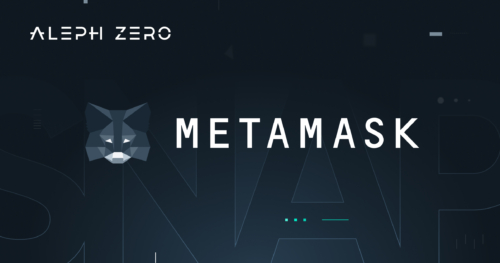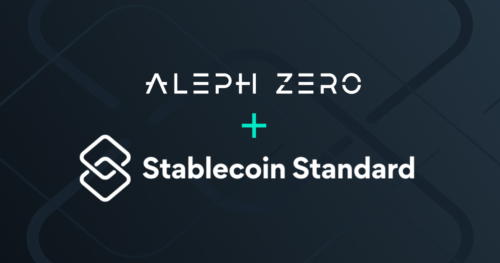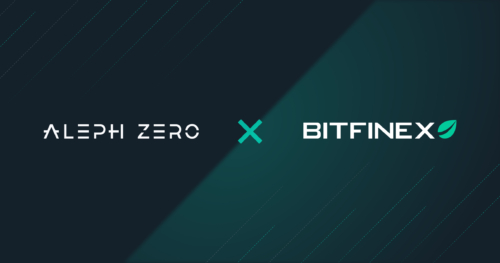MOST: Public Testnet is now live!
Apr 17, 2024

MOST–the bridge between Aleph Zero and Ethereum–has entered the Public Testnet stage. Learn about the features!
Aleph Zero Testnet and Ethereum Sepolia Testnet are now connected with a public-facing interface. You can already bridge assets between the networks, familiarize yourself with the bridging flow, and share your feedback before it’s released on the Mainnet!
Let’s jump straight into the details.
How to use MOST?
MOST is accessible from the interface of Common. To enter the Public Testnet, head over to test.common.fi.
The flow is simple:
- Go to the Bridge tab.
- Connect your Ethereum wallet, such as MetaMask.
- Connect your Aleph Zero Signer wallet.
- Choose the token that you want to bridge, input the amount, sign the transaction, and that’s it!
If you need to fund the testnet accounts, you’ll need to use any of the Ethereum Sepolia Faucets while on Aleph Zero, the Testnet Faucet is accessible directly from the interface.
A more detailed guide covering each step can be found in MOST’s documentation.
How MOST works?
MOST is secured by a network of eight guardians. These guardians, chosen for their expertise and involvement in the Aleph Zero ecosystem, include Kudelski Security, Angelblock, AZERO.ID, Diamond Atlas Capital, MyContainer, Nightly, Invariant, Tokenguard, and the Aleph Zero Foundation which is operating three guardian nodes.
Each guardian maintains two instances of the setup, one for the Testnet and one for the Mainnet, ensuring the bridge’s security and reliability. The bridge also incorporates a multi-sig wallet that can be used to change the composition of the guardian committee, perform contract upgrades, and more.
It is designed to provide users with a seamless experience, focusing on interoperability, liquidity, and security. By enabling the transfer of external liquidity and stablecoins to Aleph Zero, MOST is expected to support the growth of decentralized finance (DeFi) applications on the platform. The bridge’s user-friendly design aims to make it easy for users to move assets between Ethereum and Aleph Zero.
What is currently being tested?
As mentioned in the previous blog post, MOST has entered a Public Testnet phase which will continue thorough testing of several aspects:
- Testing the Advisory for Relayer in various configurations;
- Continuing security testing;
- Performance and stress testing;
- History disruption and sync handling;
- Continuing the UX and UI testing and gathering more user feedback;
- Continuing integration testing;
- Non-functional deployment and update procedure testing;
- Infrastructure optimization.
The code freeze is scheduled to occur within two days of the public testnet release. The testing will last just as long as necessary to verify that the above items are safe for the Mainnet release.
The first Mainnet bridge between Aleph Zero and Ethereum is close!


